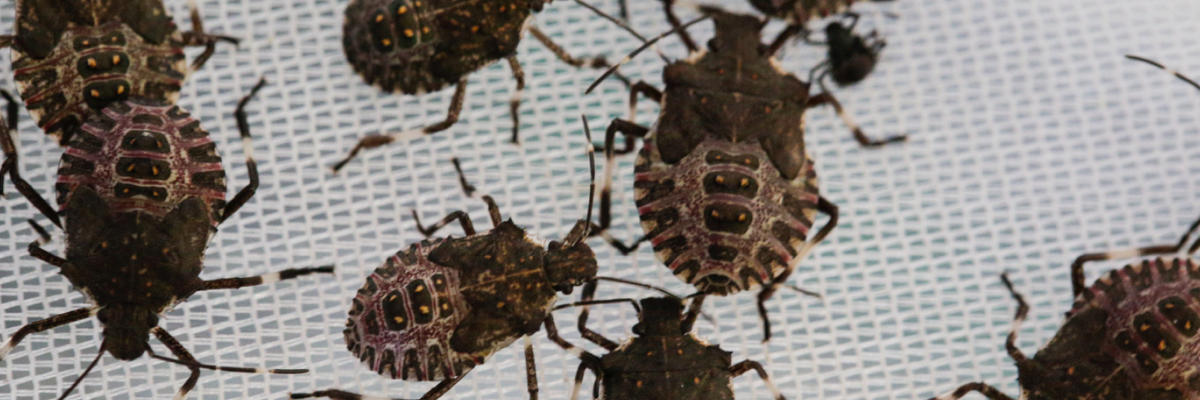
Background
The brown marmorated stink bug (BMSB, Halyomorpha halys) is a serious invasive pest of corn, soybean, apple, grape, and other crops and ornamentals, and a nuisance in homes across the US. The insect was first spotted in Minnesota in 2010, and there is now evidence it could establish more permanently in the state. To understand how BMSB might be managed in the future, leaders in the field need a clearer picture of where the insect is likely to spread and what resources could be at risk.
For this project, researchers used a technique called agent based modeling to create a computer simulation of BMSB movement across the state. The simulation’s outcome depends on interrelated factors like temperature, level of management, insect biology and many others. A wealth of data points collected from more than 1,500 previously published studies will be included. Another MITPPC-funded project generated BMSB life cycle data to make the model Minnesota-specific.
Researchers on this project will also explore which of our state’s urban and rural resources are at greatest economic risk in a BMSB infestation. Ultimately, the team will bring economic and insect dispersal data together into one powerful simulation tool capable of evaluating the outcomes and trade-offs of different management scenarios.
Research questions
- Where in Minnesota is BMSB predicted to be in the next 30 years?
- What urban and rural resources are placed at risk in BMSB infestation, and what levels of economic damages could be expected?
- What management scenarios predict the best outcomes in a bio-economic dispersal model?
Outcomes
The research team developed a high resolution, spatially explicit, agent-based dispersal model for H. halys. The results were published in Environmental Entomology in June, 2021 (see details below).
Due to unanticipated circumstances, the project was suspended and closed in November 2021. Not all project objectives were completed.
Publications
- Effects of Starvation, Age, and Mating Status on Flight Capacity of Laboratory-Reared Brown Marmorated Stink Bug (Environmental Entomology, 2021)
- Improving Stink Bug Management in The Midwest: Understanding Dispersal Capacity and Developing Sampling Plans (Rafael Carlesso Aita master's thesis, 2020)